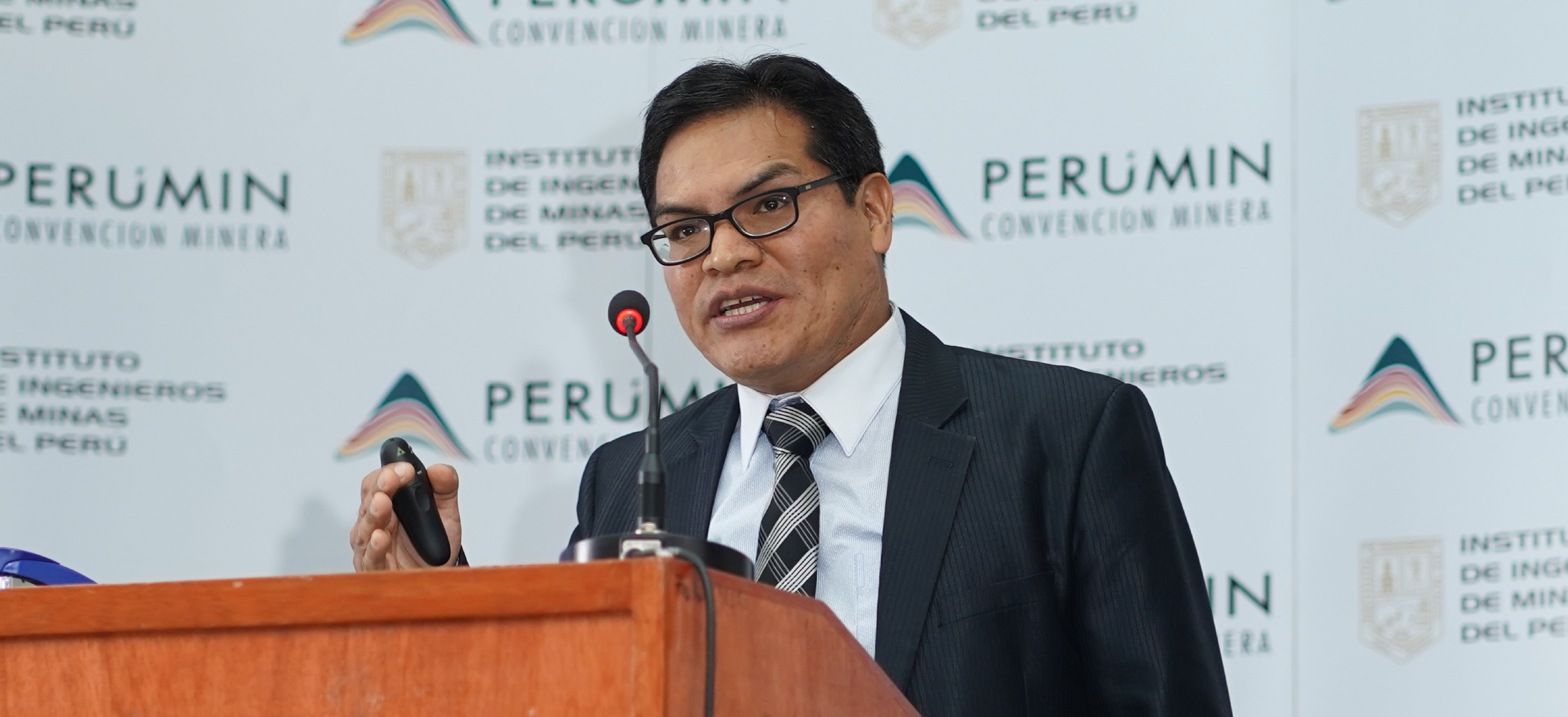Cusco, OCTOBER 23 2024 Cusco's per capita GDP has quadrupled over the last thirty years

If the region succeeds in implementing the mining projects in its portfolio, 100,000 more people would be lifted out of poverty.
Elmer Huamán, project manager at the Center for Competitiveness and Development, said that the mining and gas industries have greatly contributed to the development of Cusco. Currently, the region has an annual per capita GDP of S/ 15,000, which represents a fourfold increase compared to 1994, when it was S/ 4,900.
“In terms of GDP and Human Development Index (HDI), Cusco is at an intermediate level. The region has an annual per capita GDP of S/ 15,000; however, there are seven regions with higher figures. And in terms of HDI, Cusco is also in the middle with a score of 0.5, but 12 regions rank higher. Therefore, there is a challenge to reach higher levels,” Huamán stated at the Rumbo a PERUMIN conference entitled "Development and Regional Competitiveness in Cusco."
He also mentioned that the direct jobs created by mining in Cusco total 96,000, with an additional 383,000 indirect jobs, which accounts for 28% of the population of Cusco.
He also noted that poverty in the region has decreased from 75% in 2000 to 21.7% in 2023.
Regarding the revenues from mining royalties and taxes, he explained that from 2011 to 2023, the accumulated amount reached S/ 5.2 billion. “This is equivalent to 35 fully equipped, world-class hospitals, or approximately 80 High-Performance Schools,” he pointed out.
Regarding public works, he mentioned that in Peru, S/ 10.32 billion has been allocated to projects through the Works for Taxes (OxI) mechanism. In Cusco, projects totaling S/ 769 million have been carried out, with mining companies accounting for 25% of the spending. He specified that OxI projects have been implemented in Condoroma, Alto Pichigua, Livitaca, Capacmarca, Velille, and Chamaca.
Benefits of Portfolio Projects
To improve economic growth and access to development opportunities for the people of Cusco, Huamán noted that if the mining projects in the region’s portfolio were implemented, regional GDP would grow by 19%.
“If the portfolio projects totaling US$ 54 billion at the national level and US$ 2.79 billion for Cusco—specifically the Quechua, Coroccohuayco, and Crespo projects—are implemented, assuming a conservative estimate of gold and copper prices, we estimate that the mining GDP would increase by 45%, and Cusco’s GDP would grow by 19%. This means the number of beneficiaries would increase from 383,000 to 536,000 people,” he explained.
Additionally, the mining royalties would double. Currently, they amount to approximately S/ 500 million annually, and with the implementation of these projects, this figure would increase to S/ 1.113 billion. Poverty levels would also improve. From 21.7% in 2023, poverty would be reduced to 14.1%. “More than 100,000 people would rise out of poverty,” he said.







